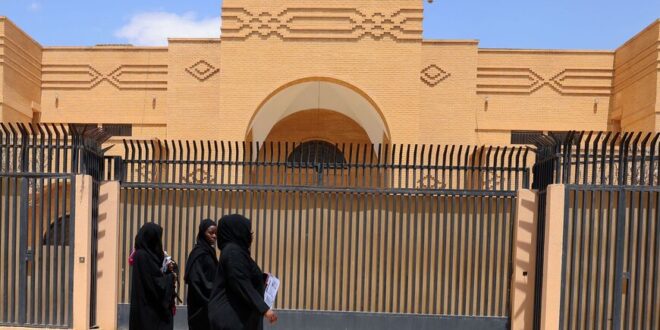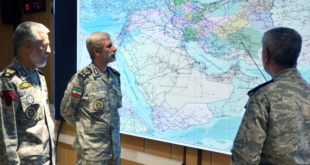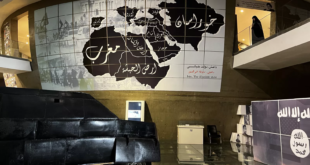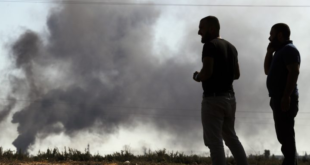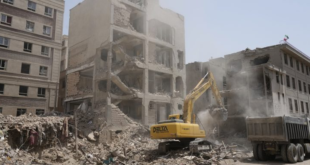The move is the latest sign of rapprochement between the two countries since reaching a China-brokered deal to resume ties.
Iran will reopen its diplomatic missions in Saudi Arabia on Tuesday, the Iranian Foreign Ministry said, months after the two countries signed a China-brokered agreement to restore ties after a seven-year rupture.
In a statement carried by Iranian state-run media outlets on Monday, ministry spokesperson Nasser Kanaani said the embassy in Riyadh, the Iranian consulate general in Jeddah and the Iranian office to the Organization of Islamic Cooperation will be officially reopened on Tuesday and Wednesday in the presence of top Iranian and Saudi diplomats.
Kanaani’s statements confirmed earlier comments by a diplomatic source in Riyadh who told AFP that the embassy reopening “will take place Tuesday at 6:00 p.m. local time with the presence of the newly appointed Iranian ambassador.”
Last month, the Islamic Republic named seasoned diplomat Alireza Enayati as the country’s new ambassador to Riyadh. Enyati served as the director-general for Persian Gulf Affairs at the Iranian Foreign Ministry and as Iran’s ambassador to Kuwait. In April, the Iranian embassy in Riyadh opened its gates for the first time in seven years.
Relations between Saudi Arabia and Iran have ebbed and flowed since the 1979 Iranian Revolution. Back then, the Sunni Gulf nation feared the newly established Islamic country would seek to spread Shiism in the region.
In 1987, Saudi police clashed with pilgrims at Mecca, Islam’s holiest site, resulting in the deaths of at least 400 people, including more than 200 Iranians. In response, protesters raided the Saudi and Kuwaiti embassies in Tehran. The following year, Riyadh severed ties with Tehran. The rupture lasted years before the two countries resumed relations in 1991.
However, tensions returned between the two regional powers in the 2000s amid a power struggle over influence in the region. The conflict quickly turned into a proxy war between the Sunni Gulf nation and the Shiite-majority country, extending to the whole region, including in Lebanon, Syria and Yemen.
The dispute reached its peak in 2011 at the onset of the Syrian civil war after Iran intervened in Syria in favor of President Bashar al-Assad. Saudi Arabia as well as other Gulf and Arab countries threw their support behind the rebels.
In Yemen, the two countries were also at odds, backing opposing sides of the conflict. Saudi Arabia, leading a military coalition of several countries, intervened in neighboring Yemen in 2015 after repeatedly accusing Iran of arming the Houthi rebels and threatening the kingdom’s security.
In 2016, Saudi Arabia once again cut diplomatic ties with Iran after protesters stormed the Saudi Embassy in Tehran in response to the execution of dissident Shiite cleric Nimr al-Nimr in the Gulf kingdom.
More recently, as the region witnessed major realignments, including the return of Syria to the Arab League, China helped broker the Saudi-Iran rapprochement deal in March. Since then, Saudi Arabia has also agreed to restore ties with Assad, Iran’s main ally, and has led efforts to restore peace in Yemen.
 Eurasia Press & News
Eurasia Press & News
